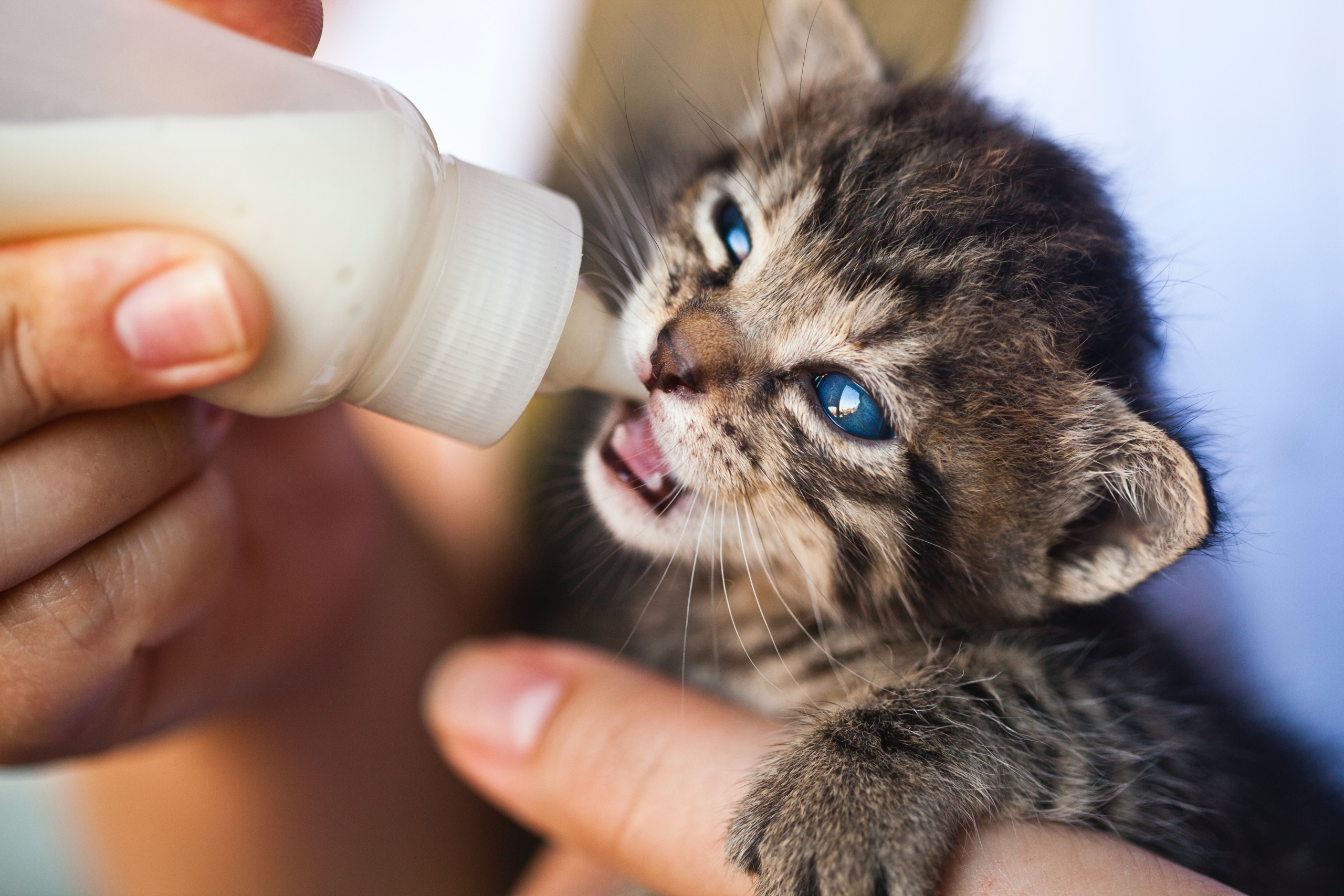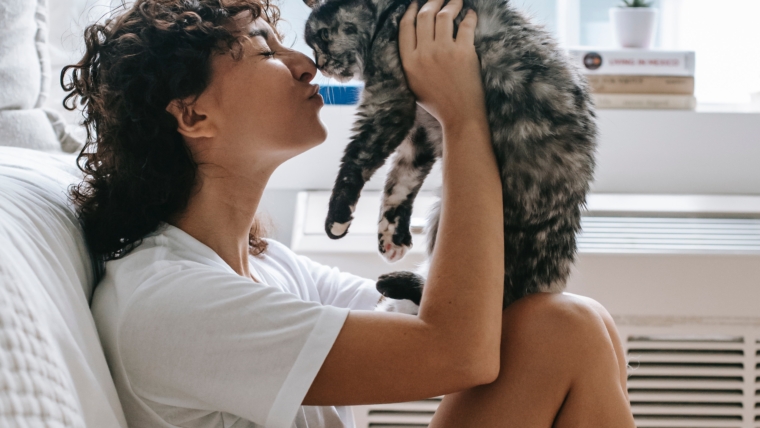Whether you are looking after orphaned kittens or the runt of a litter, bottle feeding may become necessary somewhere down the line.
If you have never bottle-fed a kitten before, it may seem intimidating, however, with a little time and experience, it becomes an easy task.
To make things a little easier for you, here’s everything you need to know about feeding a kitten.
1. Give your kitten a check-up
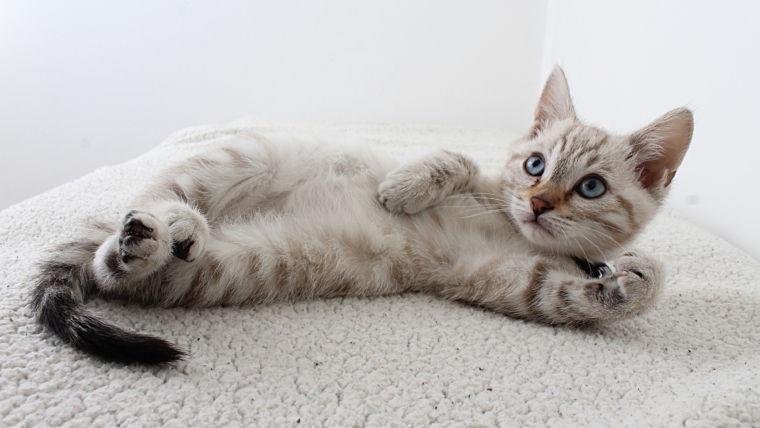
Before attempting to bottle feed a kitten, it’s always best to do a little check-up to ensure that they are in good health, and strong enough to take on a bottle.
Check your kitten’s temperature and ensure that they are not too cold, as that is an unideal situation to feed them in. You can check this by feeling the tips of their ears, the pads of their paws or the roof of their mouths- if they are cold to touch, then it’s best to not attempt bottle feeding and wait till they’re warmer or contact your vet.
Next, you’ll want to check your kitten’s reaction to the formula or the milk that you are feeding it. You can do this by placing a tiny drop of the liquid on their tongue and wait for them to swallow it- which you can do by lightly placing a finger over their throat and checking for movement. If they appear to swallow, you can go ahead.
Apart from that, you should also check your kitten’s stool to see if the formula or milk has caused a bad reaction and led to diarrhea. If your kitten reacts this way, it’s best to contact your local vet.
If your kitten has a cleft lip, you will need to take extra care when feeding them as milk could easily flow into their nose and airways- leading to choking. To make things easier, keep a soft cloth within reach to clean their face as you feed them.
2. Purchase a KMR or goats milk
Kittens cannot just have any kind of milk as it could subject them to digestive issues such as diarrhea, thus, it would be ideal to purchase a KMR (Kitten Milk Replacement) from your vet.
Although these milk replacements tend to be on the pricier side, they come packed with all the nutrients that a kitten would need for healthy development- which are usually found in the colostrum of its mother’s milk.
The alternative to KMR would be goat’s milk, which is the least harmful form for them to consume. Avoid giving your kitten cow’s milk, as the kind produced for human consumption is not compatible with their digestive systems.
3. Use a sterilized bottle or syringe
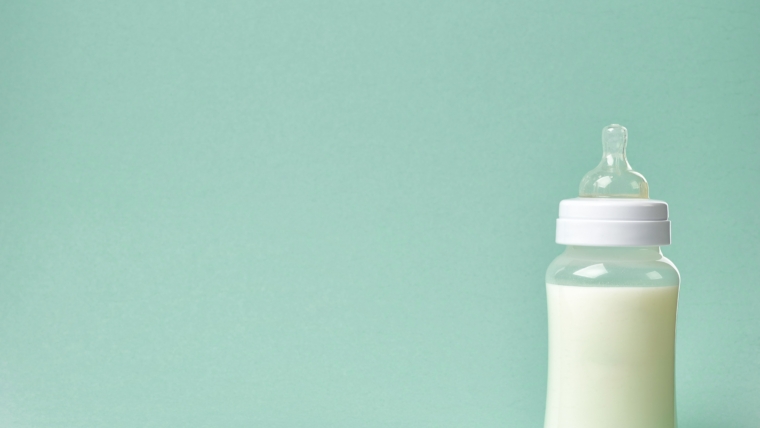
If you don’t have a small feeding bottle, purchase one from your local vet. These bottles come with teats that are the ideal size for kitten’s mouths- just remember to pierce them beforehand.
When you do make the hole in the teat, ensure that it is not too big as that could cause an overflow of milk and possibly choke your kitten- especially if it is already finding it difficult to drink.
An alternative to the bottle would be using a feeding syringe. Take it slow when you are feeding the kitten, and gradually release milk into its mouth as it consumes it. Similar to before, an overflow of milk here could lead to choking.
Whether you use a bottle or a syringe, always ensure that you are sterilizing the equipment before you use it to prevent germs or any other harmful bacteria from entering your kitten’s body.
To this, simply put your equipment into freshly boiled water and let it sit for a few seconds. The heat from the water will kill off any germs, leaving you with a clean and safe way to feed your kittens.
Many may resort to using gauze or other soft materials soaked in milk to act as a teat while feeding a kitten, however, this may lead to small fibers being consumed and getting stuck in its digestive tract- which will lead to other complications.
4. Position the kitten for feeding
At first, your kitten may not respond well to being held or even taking the teat or syringe, but once it gathers that that means it is about to be fed the process will become a lot easier.
Hold the bottle in your dominant hand and the kitten in the other- make sure you’re not keeping it on it’s back. It’s always best to position them with their belly down, as they could choke.
This might prove to be difficult if they are reluctant to stay still and be held. You could even try swaddling your kitten in a blanket, just make sure it’s not on too tight.
Gently nudge the teat of the bottle into your kitten’s mouth, and slightly tilt it to begin the milk flow. Your kitten should then roll its tongue into a “U” shape around the teat, and begin to suck on it. As aforementioned, you can check to see if the kitten is swallowing the milk by gently placing a finger on its throat.
Do NOT squeeze the bottle, as too much milk can cause the kitten to choke. Always keep the flow gradual and slow.
5. Monitor feeding
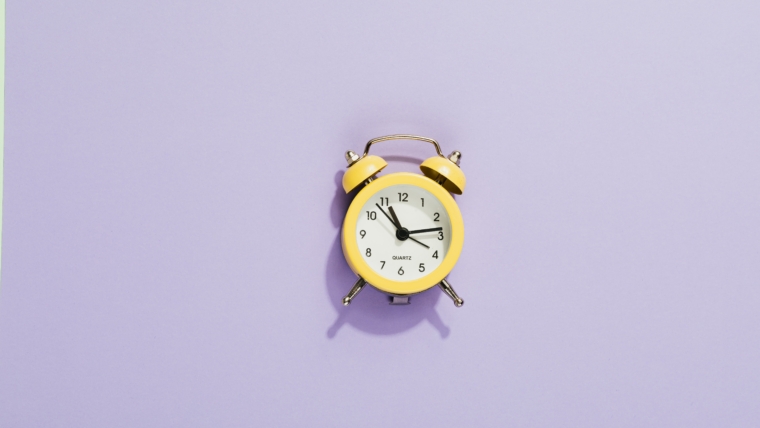
Kittens digest their food quite fast, and therefore need to be fed every 2 hours. Thus, if you do take on bottle-feeding, it’s important that you set timers to ensure that your kittens aren’t missing any meals.
Of course, this also means that you are bound to wake up at odd hours in the night to feed them, but keep in mind that this is absolutely necessary in order for them to have healthy development during this stage.
As for the amount of milk you should give, each kitten usually drinks about 1 ml for every hour during the first 2 days of its life. This amount may increase by 0.5 ml every day till the kitten is being fed 10 ml an hour.
While kittens aren’t as likely to succumb to greed as other animals, overfeeding is still a possibility and may lead to diarrhea. Thus, it is a good idea to measure the amount you are giving them.
After 3 weeks, you can gradually start introducing wet kitten food into their meals while continuing to bottle feed less, and eventually stop doing so entirely.
With that, we’ve come to the end of our tutorial on how to feed your kitten. It takes a little time and practice, but once you’ve got it down feeding becomes easy and even enjoyable.
If you’re still not confident in your abilities, contact your local vet and ask them to demonstrate the techniques for you. For more information on kitten care, check out our other articles. Happy feeding!

